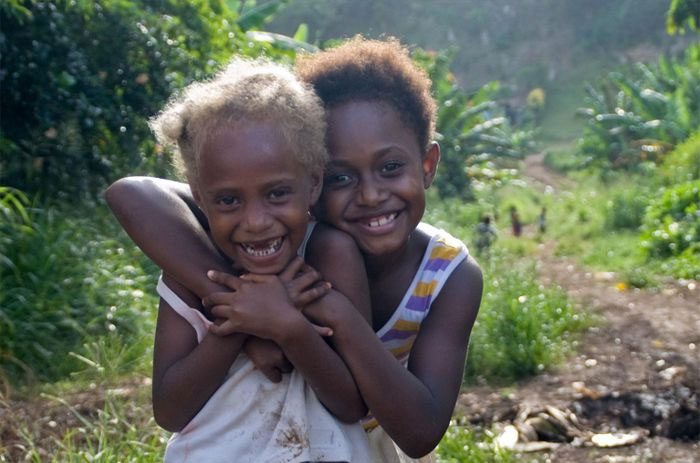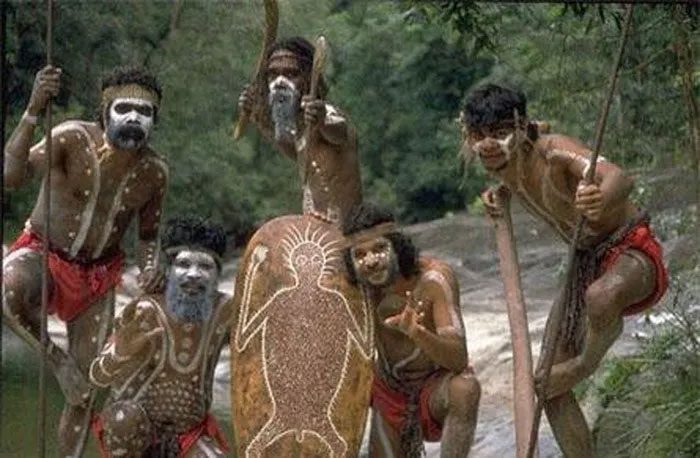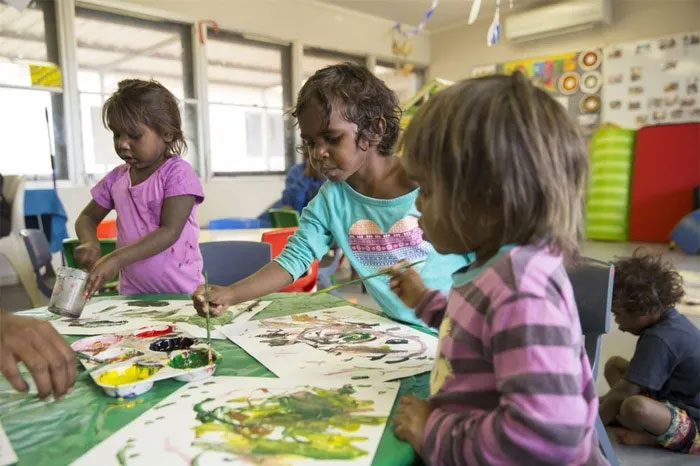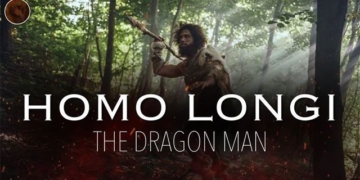Australia has a rich Indigenous cultural history that spans tens of thousands of years and has developed through hundreds of generations. The Aboriginal and Torres Strait Islander communities are considered the first Indigenous people of Australia. They maintain a deep cultural and linguistic connection to their traditional lands.
Below are some interesting facts about the Aboriginal and Torres Strait Islander peoples.

Melanesian children – Indigenous Australians.
The History of Aboriginal and Torres Strait Islander Peoples
The Indigenous Australians are also known as the First Nations people of Australia, which includes both Aboriginal and Torres Strait Islander peoples. Research and archaeological evidence have established that these groups are the traditional owners of the land, representing the longest continuous civilization on Earth, dating back over 65,000 years. They are among the first humans to have migrated out of Africa, traversing the coastlines of India and Asia until they reached the shores of Australia.
The Torres Strait Islands comprise about 274 small islands spread over an area of 48,000 square kilometers. The Indigenous peoples living in the Torres Strait are not a homogeneous group; they consist of a diverse array of hundreds of different nations (or cultural groups) and clans within those nations. It is estimated that around 250 languages and 600 dialects were spoken across more than 500 different nations at the time of the colonial invasion in 1788. Various groups inhabit the Torres Strait, each with distinct cultures, beliefs, and languages.
Today, Aboriginal and Torres Strait Islander peoples make up approximately 3.3% of Australia’s total population, equivalent to about 800,000 out of 25 million Australians. While more than one-third of the Australian population lives in major cities, the Indigenous communities in the remote Torres Strait Islands face numerous disadvantages and challenges in their daily lives.

Australian Aboriginal people have a rich and diverse traditional culture.
Spirituality of Aboriginal and Torres Strait Islander Peoples
Dreamtime is a collective term used to describe the complex network of spiritual beliefs of Aboriginal Australians, including creation and existence on Earth. This worldview encompasses the past, present, and future, detailing how the land and people were created by deities who shaped rivers, streams, waterholes, hills, rocks, plants, and animals. This knowledge is passed down through generations via stories, songs, dances, and various rituals, forming an integral part of the culture of Aboriginal and Torres Strait Islander peoples.
Tagai – The Torres Strait Islanders are united by their connection to Tagai. The stories of Tagai reflect the stars and describe the people of the Torres Strait as seafarers. Tagai represents a spiritual belief system that connects people with the order of the world, illustrating that everything has its place.
Kinship Systems in Aboriginal Families
Indigenous Australians typically have a kinship system that connects family members closely, with clearly defined roles and responsibilities. These kinship systems determine a person’s position within the community and bind people together. They also establish obligations and responsibilities towards children and their families, dictating how each family member is expected to support others within the kinship network. Elders connect the past and present by passing down knowledge, skills, and stories to subsequent generations.

Indigenous children in Australia learning to paint.
This defines child-rearing as a responsibility of the entire extended family network, not just the biological parents of the child. In recent decades, Aboriginal families and communities have also been impacted by colonial processes and the imposition of European social, political, economic, and cultural structures. This has caused partial breaks in maintaining the social and cultural relationships of Indigenous Australians.
Some Torres Strait Islanders have traditional adoption customs. According to these customs, a child need not be raised by their biological mother. Adoption occurs when family members without children take in a child, giving them the opportunity to nurture that child. The adopted child later grows up to care for their elderly relatives. As a result of this custom, children can be evenly distributed among families within a community.
Arts of Aboriginal and Torres Strait Islander Peoples
The art of Aboriginal and Torres Strait Islander peoples is among the oldest forms of art in the world. Just as languages vary across different cultures, the art of these Indigenous groups carries unique meanings that distinguish one group from another.

Art of Aboriginal and Torres Strait Islander peoples.
Symbols are widely used to convey cultural messages and histories. Artwork serves as a means to continue telling stories and passing them down from generation to generation. Some prominent forms of art, such as Aboriginal painting and dance, have gained international recognition. This artistic expression has become a source of cultural pride, providing employment and income for First Nations peoples.
Challenges Faced by Indigenous Australians
Despite their rich history, today, Aboriginal and Torres Strait Islander peoples face numerous challenges. They endure inequality, discrimination, and widespread cultural disconnection as a result of complex policies and systems in Australia that have limited their voices in decision-making processes and profoundly affected their lives.
A significant gap remains between Indigenous Australians and urban Australians regarding development indicators; child mortality rates, early childhood education, literacy and numeracy skills, school attendance and completion rates, employment, and life expectancy.
Support Solutions for Indigenous Communities in Australia
Over the past few decades, World Vision Australia has collaborated with the Australian government, non-governmental organizations, and private enterprises to support Aboriginal and Torres Strait Islander communities in achieving long-term development goals.
World Vision Australia has initiated new programs to engage Indigenous groups in early childhood care and development activities, connect youth with their culture, strengthen future leaders, bring people together to improve the justice system, and address gender-based violence…


















































